Review: Kyocera DuraForce Pro
Jan 11, 2017, 8:00 AM by Eric M. Zeman
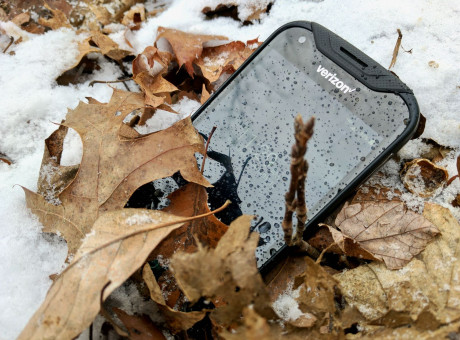
Kyocera's DuraForce Pro is a capable, rugged Android smartphone for outdoor types who demand a lot from their hardware. No rugged phone is without compromises, but the DuraForce Pro has fewer detractors than most. Here is Phonescoop's in-depth report.
Hardware
Is It Your Type?
The Kyocera DuraForce Pro is a fully rugged smartphone for those who want power and protection all in one package. This handset is best suited to outdoor adventurers or field workers who need a phone that can handle harsh conditions and continued abuse.
Body
The DuraForce Pro is smaller and smarter that many modern rugged handsets, and in some respects is even tougher. After using it for a week, I am convinced the DuraForce Pro is one of Kyocera's most well-rounded efforts in the rugged smartphone space.
Like the majority of rugged phones, the DuraForce Pro is made from a combination of plastic and hardened rubber, with a chunky profile. It is beset by angles, patterns, bulges, and edges. There's no question the Pro has more personality than your average Android slab, but if phones could feel, this one would feel uncomfortable on the table at a 5-star restaurant. The design borders on chaotic, but in a mostly good way.
As for size, Kyocera did an admirable job keeping the phone's girth in check. The Pro's 5-inch screen helped Kyocera maintain usable dimensions (less than 6 inches tall and less than 3 inches wide). The phone weighs more than half a pound, which is significant for a handset. I didn't have any trouble holding or using it, but some might feel it's too big. The 13mm thickness doesn't help when it comes time to jam the phone into your pants pocket. You're better off using a jacket pocket or (gasp) a holster of some sort.
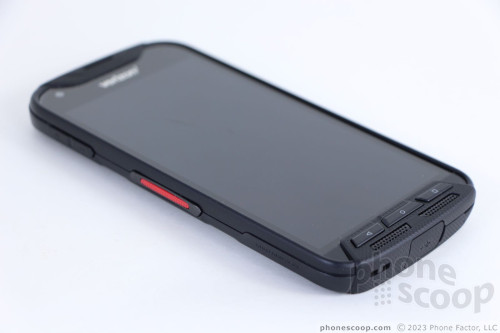
You'll find no fancy polished metal nor any fine decorative glass panels here; this phone is covered in polycarbonate and rubber. Polycarbonate forms the bulk of the rear panel and side edges, while triangular rubber patches wrap around from the front, across the top and bottom edges. This is some tough stuff. The phone feels sturdy and strong, not high-end. The seams aren't as tight nor as even as I expected, given the Pro's claims to be waterproof.
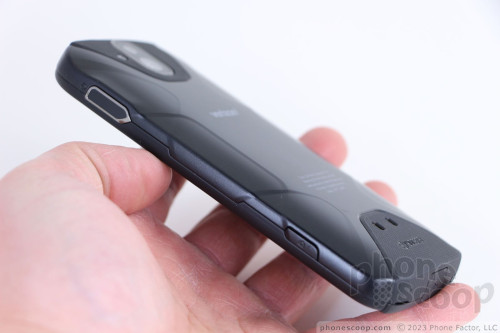
The Pro's face has a lot going on. A Sapphire Shield (unique to the Verizon model) covers the display. A dimpled rubber patch forms a trapezoid above the display and holds the earpiece speaker. The user-facing camera is visible to the left. A larger, dimpled, rubber trapezoid fits below the screen along the bottom edge. This is where you'll find three hardware buttons (back, home, app-switcher) as well as additional speakers. The buttons are easy to find when not wearing gloves, but I thought they were rather difficult to tell apart with gloves on. Travel and feedback isn't the greatest, either. A distinct rim encircles the entire front to protect the screen when the phone is placed face down. You can smash the phone on a table or desk in a fit of anger and not worry about hurting the screen.
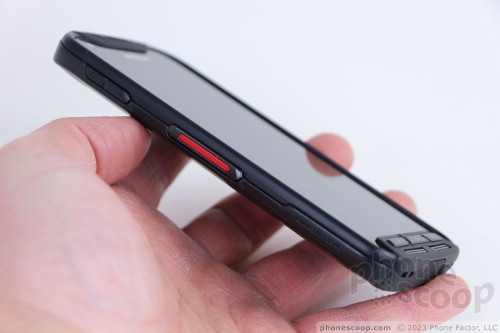
Kyocera put two buttons on the left edge, the volume toggle and the PTT / action key. The volume toggle, close to the top, is terrible. It has no profile to speak of, is far too small, and delivers almost no travel or feedback. It's just barely useable barehanded, and is completely useless with gloves on. Conversely, the PTT button, centered along the side, is absolutely huge and has crazy good travel and feedback. The red accent on this button gives the Pro its only flash of color.
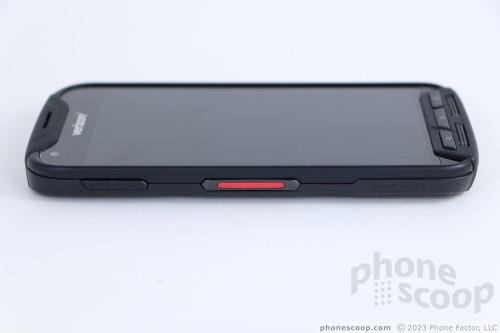
The screen lock button is on the top right and is somewhat easier to find and use than the volume toggle. The button is saved by excellent travel and feedback. Further, the screen lock button doubles as a thumbprint reader. A teeny tiny camera button is placed on the lower portion of the right edge. It's a lot like the volume toggle: hard to find and harder to use, especially with gloves on.
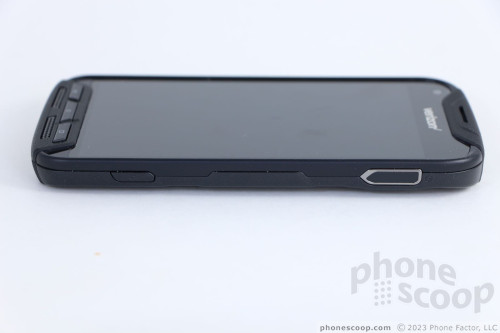
Kyocera covered the two main ports with thick rubber hatches to help protect the innards from liquids and dust. The headphone jack is on top and the microUSB port is on the bottom. Both of the hatches are easy to interact with thanks to generous cutouts for your thumbnail. The dedicated speakerphone button on top is, unfortunately, in keeping with the theme of small-and-unusable buttons.
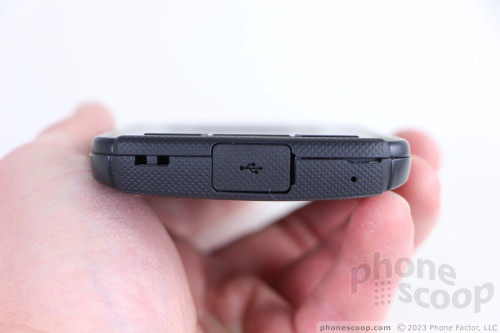
The rear panel is quite something, with its wild array of textures and surfaces. The polycarbonate that covers about three-quarters of the rear has a speckled pattern within that catches the light. There are also some carved shapes that run along each edge. The dual-camera module is placed near the top. A two-tone flash is plainly visible to the left. Two large copper contacts are exposed close to the bottom edge of the phone. These make the phone compatible with certain types of chargers/docks that businesses might buy, but it's also worth noting that the phone supports standard wireless charging (Qi).
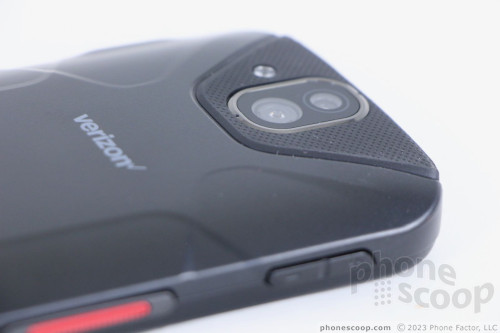
Last, the entire rear shell can be removed, though it requires a bit of effort. I had to use a flathead screwdriver to get the necessary leverage to pry it off. Only with the shell removed can you access the SIM card and memory card slots, which are on the left side. The battery is sealed inside; sorry, folks.
Aside from some finicky buttons, the Kyocera DuraForce Pro is a solid piece of hardware that inspires confidence.
Ruggedness
The DuraForce Pro carries the standard proclamations of toughness. That means mil-spec 810G for protection against drops, temperature extremes, fog, and such. It has an ingress protection rating of IPX8, too, which in this case means it can sit in up to 6 feet of water for up to 30 minutes.
The Verizon variant of the phone includes a Sapphire Shield to protect the screen. This goes above and beyond the AT&T and Sprint versions and means the screen is much less likely to get scratched up. Sapphire is incredibly tough, second only to diamonds. Moreover, the display supports gloved fingers and wet fingers, which may be common with the people this phone targets.
The Pro lives up to Kyocera's claims. I dropped the DuraForce Pro onto concrete from waist height repeatedly with no damage whatsoever. I let it sit outdoors in 8F temperatures overnight, and let it sit in the 32F river near my house for a while one afternoon. I dropped the phone face down onto rocks, threw it across my yard in the snow, and kicked it down my icy driveway. There's hardly a mark on it. I took a knife to the screen with no effect.
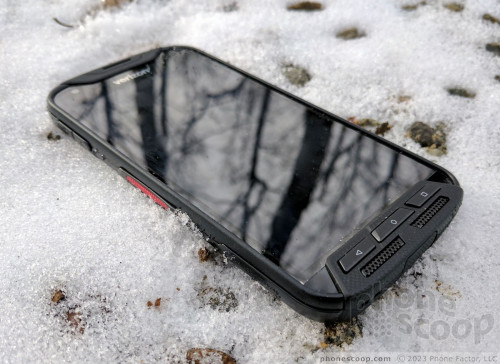
Yeah, it's tough.
Screen
Screens that measure five inches across the diagonal and have full HD resolution typically look pretty darned good. I'm happy to report this is mostly true of the DuraForce Pro's screen. There's no question the Pro offers excellent pixel density and crisp on-screen elements. Text, graphics, icons, and images all look razor sharp. The Sapphire Shield means the LCD display has to work a bit harder to push the light through the additional layers of material. I found I needed to keep the brightness set higher (>50%) much of the time. You absolutely have to crank the brightness to use this phone outdoors. Colors tend to be a bit on the cool side, but viewing angles are good. The biggest problem is the lack of oleophobic coating; it takes about 30 seconds to cover the display in slimy finger oils, which make the Pro hard(er) to use outdoors. I wish it weren't so smudge-tastic. It's a decent screen, but could be better.
Signal
The DuraForce Pro performed well on Verizon's LTE network. I was able to test in around New York City as well as around Las Vegas, which provided me with plenty of data. The Pro remained connected to LTE the majority of the time I tested the phone, though I saw it dip down to 3G several times in poor coverage zones. The Pro was able to connect calls no matter how weak the signal conditions, most of which went through on the first dial. The phone easily maintained calls at highway speeds, and didn't drop any while I tested it.
Data speeds were not the most impressive I've seen, but they should be more than adequate for people who buy this phone. Web pages loaded very quickly, and social networks such as Twitter and Facebook worked well. I did experience some slight, occasional buffering when streaming YouTube and Spotify, but it was never egregiously bad.
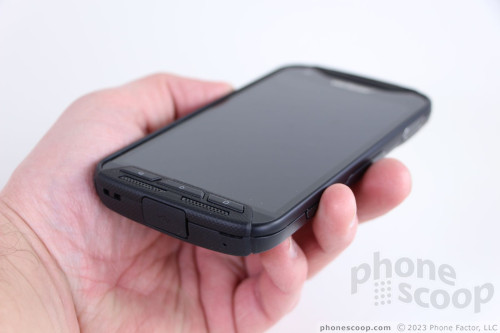
Sound
The DuraForce Pro is an excellent voice phone. Phone calls are loud and clear through the earpiece. You can keep the volume around 50-60% most of the time and face no problems hearing calls at home or the office. You'll notice a bit of speaker crackle if you crank the volume all the way up, but it doesn't impact clarity. With the volume maxed out, I easily heard and understood calls in bustling coffee shops, crowded casino floors with raging slot machines, and in moving cars. Those I spoke to through the Pro said I sounded "good."
The speakerphone is equally loud and clear. The Pro delivers a sonic blast that's enough to scare just about anyone not prepared for the noise. The speakerphone easily overcame the crazy din of the packed Las Vegas Convention Center during the recent Consumer Electronics Show. In fact, passersby were taken aback as I tested the speakerphone in Central Hall. It's freaking loud. Again, you'll notice some distortion at the highest volume setting, but it isn't bad.
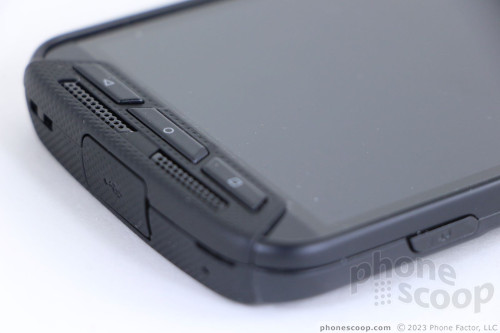
Alerts and ringtones can be jarringly loud. The vibrate alert is acceptable, but could be better.
Battery
Kyocera stuck a 3,240 mAh Lithium Ion battery into the DuraForce Pro's chassis. Over a week of testing, I found the battery consistently pushed through more than a full day. It often lasted from breakfast one day to lunch the next. That's despite keeping all the radios on and the brightness at about 60%, with moderate to heavy use.
Kyocera has wholly revised its EcoMode battery conservation tool. The tool was always good, but now it offers even more granular support for tweaking what is allowed to do what and when. The core dashboard lets you see exactly how much time the battery has left, (based on recent use,) and breaks it down by app. For example, EcoMode tells you how long you can use the camera, or how long you can listen to music or watch videos, before the battery dies. EcoMode lets you fine-tune when it comes on, and settings such as brightness, notifications, and so on. With EcoMode active, you can easily stretch the battery to three days if you use the phone sparingly.
Last, the phone supports Qualcomm Quick Charge 2.0. This isn't the fastest, newest rapid charging spec, but it's better than nothing. With the appropriate charger, I found the battery powers up from 25% to 100% in about 90 minutes.
Bluetooth, GPS, NFC, WiFi
The DuraForce Pro's secondary radios all performed well. The Bluetooth 4.2 Low Energy radio did a great job. I connected the Pro to a wide range of accessories, including headsets, PCs, speakers, and my car. Pairing was never a problem. Phone calls sent to mono headsets were very good, as were calls sent to my car's hands-free system. In the car, however, you may be better off using the Pro's own speakerphone. Music sounded okay via headphones, but I've heard better.
GPS is incredibly important for an outdoorsy phone such as the DuraForce Pro, and the phone's location abilities are second to none. The Pro pinpointed me to within 10 feet in just a few seconds. The radio worked hand-in-hand with Google Maps and was a fine navigation tool.
The Pro includes NFC to help with Bluetooth pairing. It's compatible with Android Pay, too, for mobile payments.
Last, the WiFi radio did its job with no hesitation.
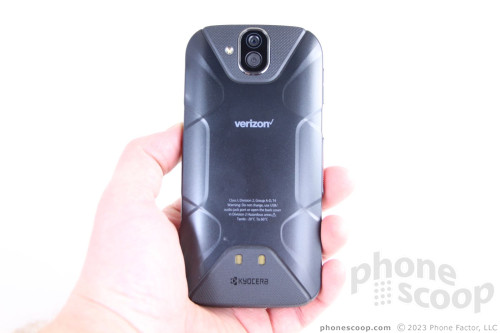
Software
Lock Screen
Kyocera's lock screen treatment is a bit different from stock Android.
To start, a press of the screen lock button on the side or the home button on the front will wake the screen. The basic view provides the time and date with notifications piled up below. You may dismiss notifications one at a time, or en masse.
A small circle at the bottom of the screen offers shortcuts to several actions. A long press of the button brings up a trio of options (camera, last app, voice search). Alternately, swipe the small button up to fully unlock the phone.
As for security, the lock button on the right side doubles as a thumbprint reader. With the reader set as the security tool, a quick, light touch will instantly unlock the phone, bypassing the actual lock screen. Other alternatives include the typical PIN, pattern, and alphanumeric password. I found the thumbprint reader was by far the quickest and easier to use. It' son par with most other modern fingerprint readers I've tested in recent months.
Home Screens
The Pro runs Android 6 Marshmallow. The home screen experience is close to stock, but Kyocera did make a few changes here and there. The behavior of the home screen panels is more or less unchanged; you can customize them at will.
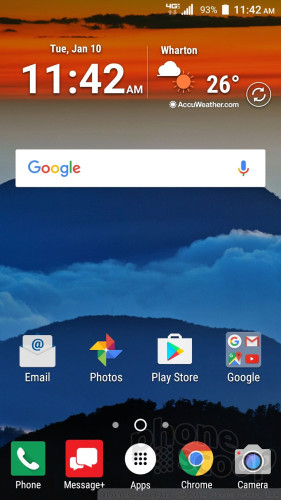
The app menu is arranged in side-by-side panels that can be arranged alphabetically (default) or customized to suit your tastes. A drop-down menu makes it easy to sort between all apps, those recently downloaded, and those frequently used.
The Quick Settings tray, settings tools, and app menu have been reskinned. I don't care much for the fonts/colors selected by Kyocera in the Quick Settings Tray and settings menu, but each is organized more or less how you expect them to be for an Android handset.
The Pro includes an extensive array of home screen widgets from Kyocera that are related to its "outdoor" apps/functions, such as the barometer, altimeter, weather, and so on, as well as several for the phone's EcoMode battery tool. These go hand-in-hand with the active nature of the phone's target market.
Kyocera selected an octa-core Snapdragon 617 processor with 3 GB of RAM for the DuraForce Pro and it provides enough power so the phone never feels slow or laggy. Apps launch quickly, screens transition swiftly, and everything runs smoothly.
Camera
The DuraForce Pro has a dedicated camera button, which is always welcome. A long press of the button launches the camera quickly. Alternately, you may open the camera from the lock screen or the home screen. It launches in a snap any way you choose.
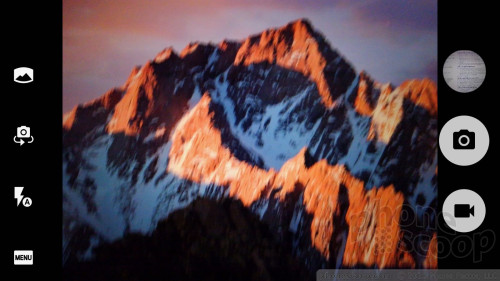
Kyocera re-wrote its camera app and I'm not entirely in love with the new interface. Like most camera apps, several toggles and controls line the side of the screen (menu, flash, etc.) and the shutter/video buttons are on the other side. I like that there are separate buttons for snapping pictures and recording video, as this makes it faster to start shooting video. You can quickly jump to the selfie camera by swiping the UI up from the bottom of the screen.
The full menu opens a grid of options, which is where you select shooting modes and adjust other settings. For example, you can toggle HDR through on, off, or auto, turn on the timer, set the image size/aspect ratio, turn the grid on/off, and so on.
I wish Kyocera had organized the shooting modes differently. “Auto” and manual modes are in the main menu grid. But if you want to explore other modes you have to jump into a deeper Modes menu. That menu includes auto, manual, pano, slow-mo, night view, effect, underwater, time-lapse, and sports. It takes at least three taps to switch to sports or panorama mode.
With that said, the modes all work as expected and I didn't have any trouble using them.
Advanced users might be frustrated with the limited manual mode. With it, you can adjust metering, ISO, white balance, brightness, and contrast — but not exposure length. What's the point of a manual camera mode if you can't change shutter speed! Ugh.
The DuraForce Pro has two cameras on the back: one standard camera for regular photos, and a second 135-degree wide-angle camera for action shots. The wide-angle camera is accessible from a software button on the main screen. Kyocera envisions the wide-angle tool will be popular with adrenaline junkies looking to capture their latest exploits in all their glory. It's like a GoPro built right into your rugged phone.
The camera app runs well. It's not the most intuitive layout, but I didn't see any performance problems.
Photos
The Pro's cameras take pretty good pictures. The main sensor captures images up to 13 megapixels. I was pleased with focus, white balance, and exposure most of the time. Low-light environments can be problematic, but the flash helps if you're shooting stuff that's within about 6 feet. There isn't too much grain if you leave the flash off, but there is some.
The wide-angle camera is fun, but comes with some caveats. First, it's limited to just 2 megapixels. Objects that are close to the camera when captured (~10 feet) will show obvious optical distortion (barrel effect), but objects that are more than about 15-20 feet away look mostly normal. The 135-degree field of view gives you a huge canvas for shooting, and apart from the optical distortion, the images I shot were sharp with proper color and exposure. Grain in low light is the biggest problem, and I think it is directly related to the lower resolution. It's bad.
The selfie camera has a 5-megapixel sensor and doesn't offer a flash of any kind. I wasn't as impressed by the results. There's a lot more grain, and focus was sometimes rather soft. You'll get by in well-lighted spaces, but not so much in darker places.
All of the cameras can capture full HD video. The main camera does the best job, but the wide-angle and selfie sensors do all right, too. Focus, exposure, and color are all good. The selfie cam introduces a small amount of grain, but it's not bad.
Bottom line: adventurers should be pleased enough with the DuraForce Pro when it comes to imaging and video capture outdoors where there's plenty of light for escapades. The DuraForce Pro not as flexible as a dedicated action camera, but the wide-angle option is really nice to have. The phone certainly suffices as a daily shooter.

Verizon/Kyocera Stuff
Verizon has installed a number of apps on the Pro. Verizon crammed its usual selection of branded services, such as Cloud, Message+, My Verizon, NFL Mobile, VZ Navigator, and VZ Protect. I'm stunned Verizon's go90 video app isn't aboard, but several other crummy third-party apps and games are hogging up space. At least some of these preloaded apps can be uninstalled if you wish.
Kyocera's additions are outdoorsy in nature. The overarching app is called Outdoor Report, and it bundles together a handful of other apps that check the weather, barometric reports, tidal reports, and so on. Each of these functions has a large and useful widget of its own, but they can also be viewed collectively in one combined widget. These tools can be useful to folks who spend a lot of time outside.
Wrap-Up
Kyocera assembled a compelling handset in the DuraForce Pro. The phone is fully rugged, yet compact enough that it's easy to use on a day-to-day basis. The design is still chunkier than your average metal-and-glass slab (it's comparable to an iPhone 7 in an OtterBox case), but the extreme protection from water, dust, drops, and heat/cold is well worth the trade-off.
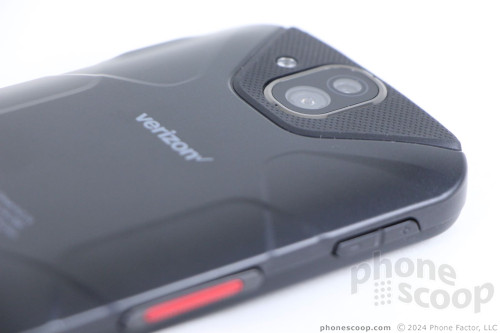
The Pro handles handles basics with aplomb. Phone calls are loud and clear, battery life is excellent, the screen is solid, data speeds are average, and the secondary radios add plenty of power. The processor and RAM combo give the DuraForce Pro enough oomph to handle most tasks, and extras like wireless charging are nice to see.
Kyocera didn't do too much to mess with the Android operating system. Outdoor adventurers will likely appreciate the weather-focused widgets and battery-saving tools. I'm not in love with the camera app, but it offers a wide enough range of shooting modes to keep creative types satisfied. The main camera is average for this class of device, but the selfie cam falls a little short. As much as I like having the wide-angle camera option, it needs to do a lot better.
Rugged smartphones are often crippled with compromises, but Kyocera kept the compromises to a minimum in the DuraForce Pro. Considering its affordable $400 price point, the DuraForce Pro is one of the most well-rounded rugged phones available right now.


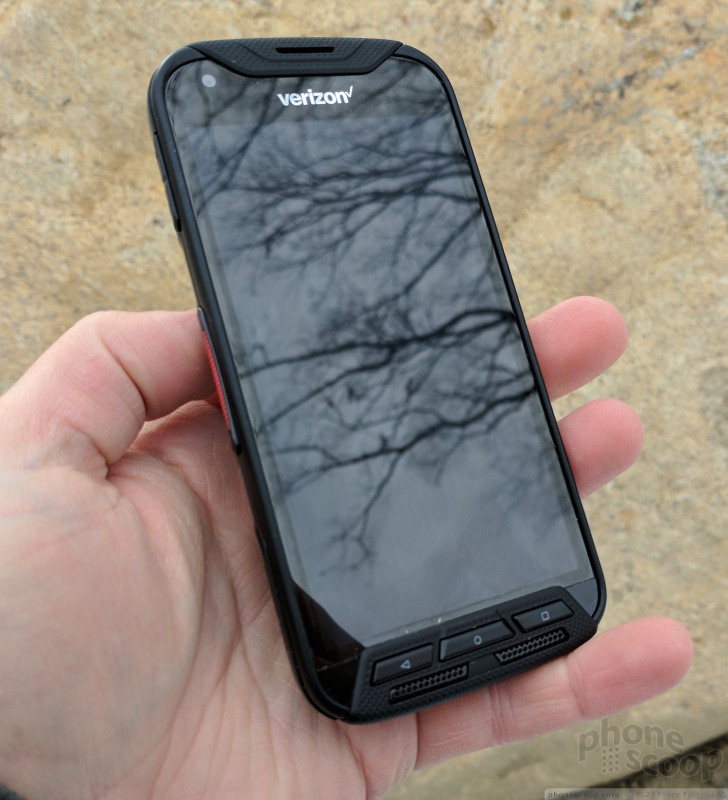



















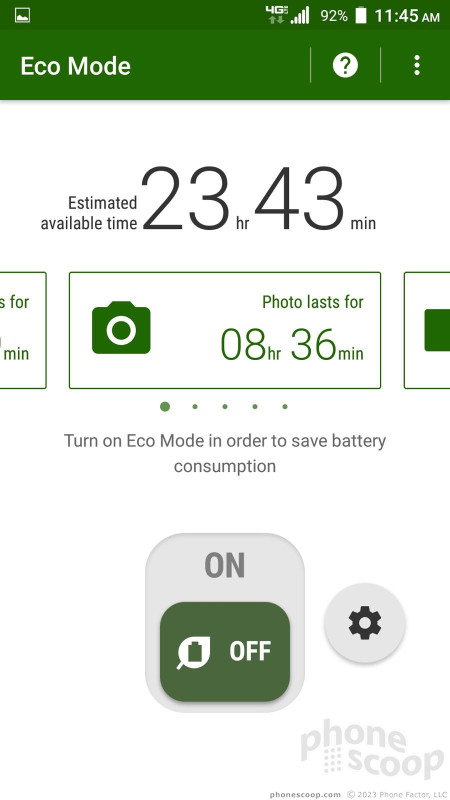















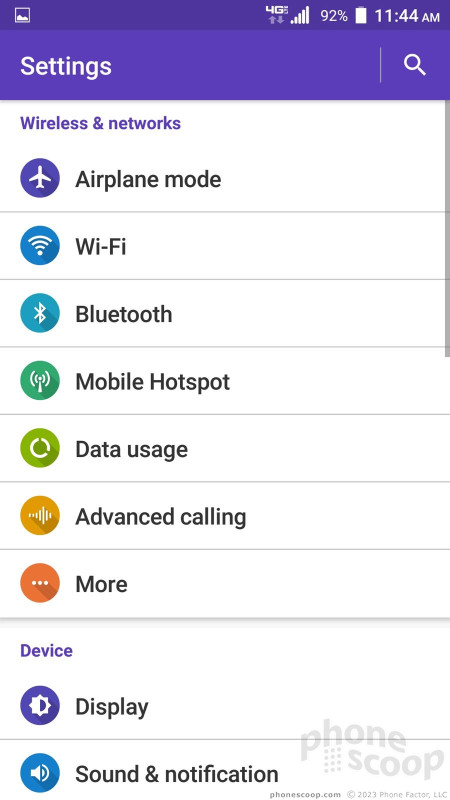












































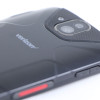 Hands On with Kyocera DuraForce Pro
Hands On with Kyocera DuraForce Pro
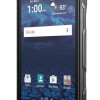 T-Mobile Last Major US Carrier to Offer Kyocera DuraForce Pro
T-Mobile Last Major US Carrier to Offer Kyocera DuraForce Pro
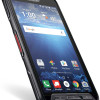 Verizon Now Selling the Kyocera DuraForce Pro
Verizon Now Selling the Kyocera DuraForce Pro
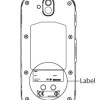 Kyocera DuraForce Pro for Verizon Approved by FCC
Kyocera DuraForce Pro for Verizon Approved by FCC
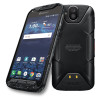 Kyocera's New Flagship Rugged Android Phone is the DuraForce Pro
Kyocera's New Flagship Rugged Android Phone is the DuraForce Pro
 Kyocera DuraForce Pro
Kyocera DuraForce Pro









